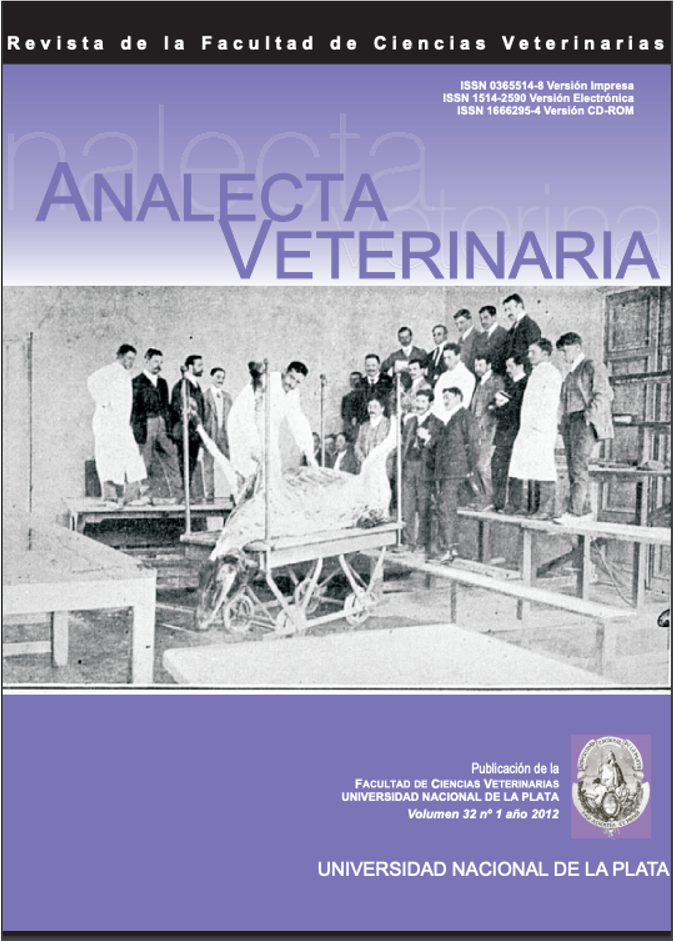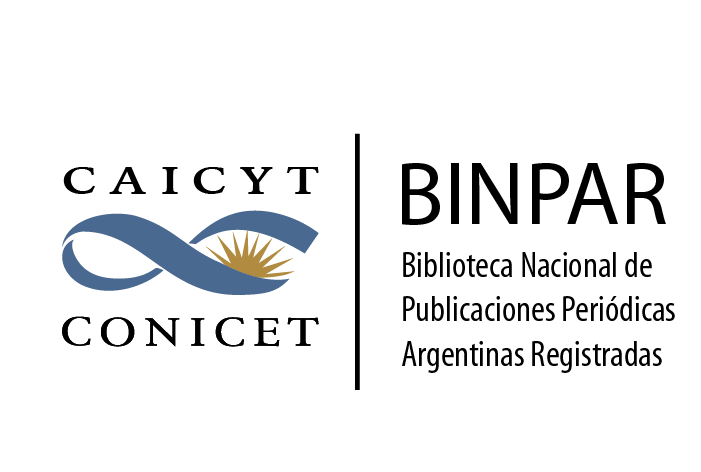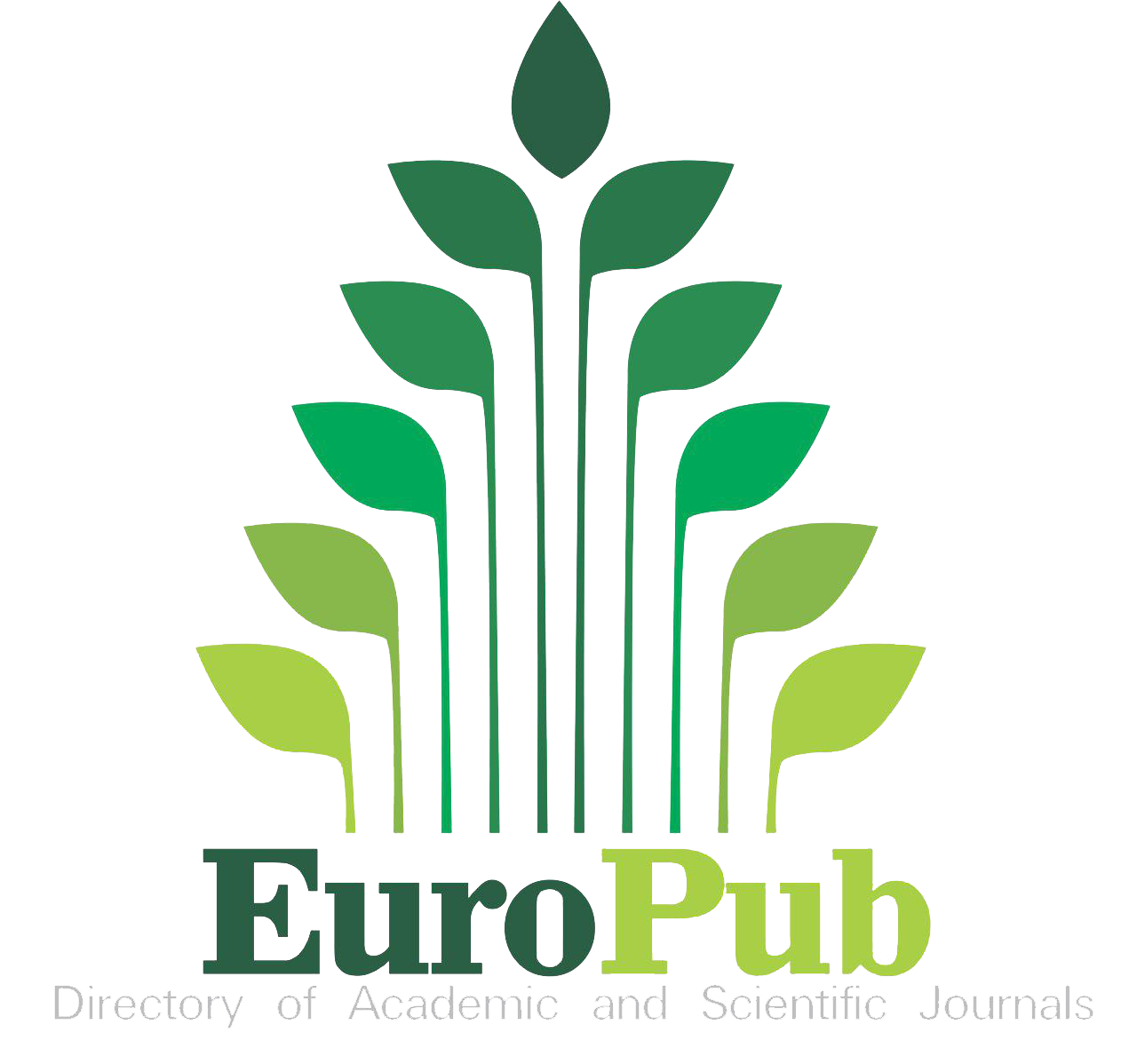Biofilms bacterianos
Palabras clave:
Bacteria planctónica, Resistencia antimicrobiana, Infecciones bacterianas, Infecciones bacterianas crónicas, BiofilmResumen
Las poblaciones bacterianas tienen la habilidad de adaptarse rápida y óptimamente a los cambios en los ambientes en los que existen. De esta manera, en ambientes propicios, con ausencia o baja incidencia de factores estresantes, se las puede encontrar de forma individual, también llamada planctónica. Sin embargo, los cambios bruscos en el ambiente que las rodea, conducen a un cambio importante en el comportamiento de la bacteria individual, la cual tiende a contactar y “comunicarse” con las bacterias aledañas para conformar una patina bacteriana, llamada biofilm. Los biofilm son responsables de las infecciones bacterianas crónicas y/o recidivantes en humanos y animales. La característica fundamental de los biofilm bacterianos es su amplia resistencia frente a una variedad de antimicrobianos, la cual es consecuencia de mecanismos distintos a los reportados para la bacteria en estado planctónico. La formación de biofilms comienza a ser reconocida como un proceso de desarrollo multicelular. Esta es la llave de las nuevas estrategias terapéuticas: el cambio del blanco a tratar, dejar de pensar en la bacteria para empezar a pensar en ese organismo multicelular conformado por bacterias al que se denomina biofilm.
Referencias
Monds R. & O’Toole G. (2009) The developmental model of microbial biofilms: ten years of a paradigm up for review. Trends in Microbiol. 17: 73-87.
Pace J., Rupp M. & Finch R.G (2006). Biofilms, Infection, and Antimicrobial Therapy. 1rst Ed. Taylor & Francis.USA.
Christensen G., Simpson A., Younger J., Baddour L., Barret F., Melton F. & Beachey E. (1985). Adherence of coagulase-negative Staphylococci to plastic tissue culture plates: a quantitative model for the adherence of Staphylococci to medical devices. J. Clin. Microbiol. 22: 996-1006.
Costerton J., Stewart P. & Greenberg E. (1999). Bacterial biofilms: a common cause of persistent infections. Science 284:1318–1322.
Fey P. (2010) Modality of bacterial growth presents unique targets: How do we treat biofilm-mediated infections?. Curr opionion Microbiol. 13: 610-615.
Costerton W., Veeh M., Shirtliff M. , Pasmore C., Post C. & Ehrlich G. (2003). The application of biofilm science to the study and control of chronic bacterial infections. J.Clin. Invest. 112:1466-1477.
Bryers J. (2008). Medical Biofilms. Biotech. Bioengineering.100: 1-18.
Olson M., Ceri H., Morck D., Buret A. & Read R. (2002). Biofilm bacteria: formation and comparative susceptibility to antibiotics. Can. J. Vet Res. 66:86-92.
Clutterbuck A., Woods E., Knottenbelt D., Clegg P., Cochrane C. & Percival S. (2007). Biofilms and their relevance to veterinary medicine. Vet. Microbiol. 121:1-17.
Grenier D., Grignon L. & Gottschalk M. (2009). Characterisation of biofilm formation by a Streptococcus suis eningitis isolate. Vet. J. 179 : 292-295.
Coogan N. & Keener J. (2004) The role of biofilm matrix in structural development. Math.Med.Biol. 21:147-166.
Waters C.& Bassler B. (2005). Quorum sensing: cell-to-cell communication in bacteria. Annu. Rev. Cell Dev. Biol. 21:319–346.
Jayaraman A. & Wood T. (2008). Bacterial Quorum Sensing: signals, circuits, and implications for biofilms and disease. Annual Rev. Biomed. Engineering 10:145-167.
Lee J., Jayaraman A. & Wood T. (2007). Indole is an interspecies biofilm signal mediated by SdiA. BMC Microbiol. 7:42-48.
Parsek M., Val D., Hanzelka B., Cronan J. & Greenberg E. (1999). Acyl homoserine-lactone quorum sensing signal generation. Proc. Natl. Acad. Sci. USA 96:4360–4365.
Marketon M., Gronquist M., Eberhard A. & Gonzales J. (2002). Characterization of the Sinorhizobium meliloti sinR/sinI locus and the production of novel N-acyl homoserine lactone. J. Bacteriol. 184:5686–5695.
Manefield M. & Turner S. (2002). Quorum sensing in context: out of molecular biology and into microbial ecology. Microbiol. 148:3762–3764.
Taga M. & Bassler B. (2003). Chemical communication among bacteria. Proc. Natl. Acad. Sci. USA 100:14549–14554.
Madhu Sharma A. & Yadav S. (2008) Biofilms: microbes and disease. Br.J. Infect.Dis. 12:526-530.
Williams P. (2007) Quorum sensing, communication and cross kingdom signalling in bacterial world. Microbiol. 153:3923-3938.
Novotny N., Lahm T., Markel T., Crisostomo P.,Wang M., Wang Y., Ray R., Tan J., Al-Azzani D. & Meldrum D. (2009) Beta blockers in sepsis: Re-examining the evidence. Shock 31: 113-119.
Sperandio V., Torres A., Jarvis B., Nataro J. & Kaper J. (2003) Bacteria-host communication: the language of hormones. Proc Natl Acad Sci USA. 100:8951-6.
Clarke M. & Sperandio V. 2005. Events at the hostmicrobial interface of the gastrointestinal tract. III.
Cell-to-cell signalling among microbial flora, host, and pathogens: there is a whole lot of talking going on. Am. J. Physiol. Gastrointest. Liver Physiol. 288:G1105–9.
Waldor M.K. & Sperandio V.(2007) Adrenergic regulation of bacterial virulence. J Infect Dis. 195:1248-9.
Reading N., Rasko D.A., Torres A.G. & Sperandio V.(2009)The two-component system QseEF and the membrane protein QseG link adrenergic and stress sensing to bacterial pathogenesis. Proc Natl Acad Sci USA.106:5889-94.
Pacheco A.R. & Sperandio V.(2009) Inter-kingdom signalling: chemical language between bacteria and host. Curr. Opin. Microbiol. 12:192-8.
Hughes D. & Sperandio V. (2008) Inter-Kingdom signalling: communication between bacteria and their hosts. Nat.Rev.Microbiol. 6:111-120.
Bansal T., Englert D., Lee J., Hegde M., Wood T. & Jayarama A. (2007) Differential effects of epinephrine, orepinephrine, and indole on Escherichia coli O157:H7 chemotaxis, colonization, and gene expression. Infect.Immun. 75: 4597-4607.
Darouiche R. (2004). Treatment of infections associated with surgical implants. N. Engl. J. Med. 350:1422–1429.
Fergie N., Bayston R., Pearson J. & Birchall J. (2004). Is otitis media with effusion a biofilm infection? Clin. Otolaryngol. Allied Sci. 29:38–46.
Hoiby N., Bjarnsholt T., Givskov M., Rolin S. & Ciofu O. (2010) Antibiotic resistance of bacterial biofilm. nt.J.Antimicrob.Agents 35 :322-332.
Tenover F. (2006) Mechanisms of antimicrobial resistance in bacteria Am.J.Infect.Control. 34:3-10.
Stewart P. & Costerton W. (2001) Antibiotic resistance of bacteria in biofilms. Lancet 358: 135-138.
Conley J., Olson M., Cook L., Ceri H., Phan V. & Davies H. (2003) Biofilm formation by group A streptococci: is there a relationship with treatment failure? J.Clin.l Microbiol. 41: 4043-4048.
Mah T. & O’Toole G. (2001) Mechanisms of biofilm resistance to antimicrobial agents. Trends Microbiol. 9: 34-39.
Gilbert P., Collier P.J. & Brown M.R (1990) Influence of growth rate on susceptibility to antimicrobial agents: biofilms, cell cycle, dormancy, and stringent response. Antimicrob. Agents Chemother. 34: 1865-1868.
Hoyle B.D., Jass J. & Costerton J.W. (1990) The biofilm glycocalyx as a resistance factor. J. Antimicrob. Chemother. 26: 1-5.
Gordon C.A., Hodges N.A. & Marriott C. (1988) Antibiotic interaction and diffusion through alginate and exopolysaccharide of cystic fibrosis-derived Pseudomonas aeruginosa. J. Antimicrob. Chemother. 22: 667-674.
Nichols W. (1988) Inhibition of tobramycin diffusion by binding to alginate. Antimicrob. Agents Chemother. 32:518-523.
Lewis K. (2001) Riddle of biofilm resistance. Antimicrob.Agents Chemother. 45: 999-1007.
Ishida H. (1998) In vitro and in vivo activities of levofloxacin against biofilm-producing Pseudomonas aeruginosa. Antimicrob. Agents Chemother. 42:1641-1645.
Anderson G. & O’Toole G. (2008). Innate and induced resistance mechanisms of bacterial biofilms. Curr.T. Microbiol. 322:85-105.
Lewis K. (2010) Persister cells. Annu.Rev.Microbiol. 64: 357-372.
Descargas
Publicado
Número
Sección
Licencia
Los autores/as conservan los derechos de autor y ceden a la revista el derecho de la primera publicación, con el trabajo registrado con la licencia de atribución de Creative Commons, que permite a terceros utilizar lo publicado siempre que mencionen la autoría del trabajo y a la primera publicación en esta revista.

Analecta Veterinaria por Facultad de Ciencias Veterinarias se distribuye bajo una Licencia Creative Commons Atribución-NoComercial-SinDerivar 4.0 Internacional.




























